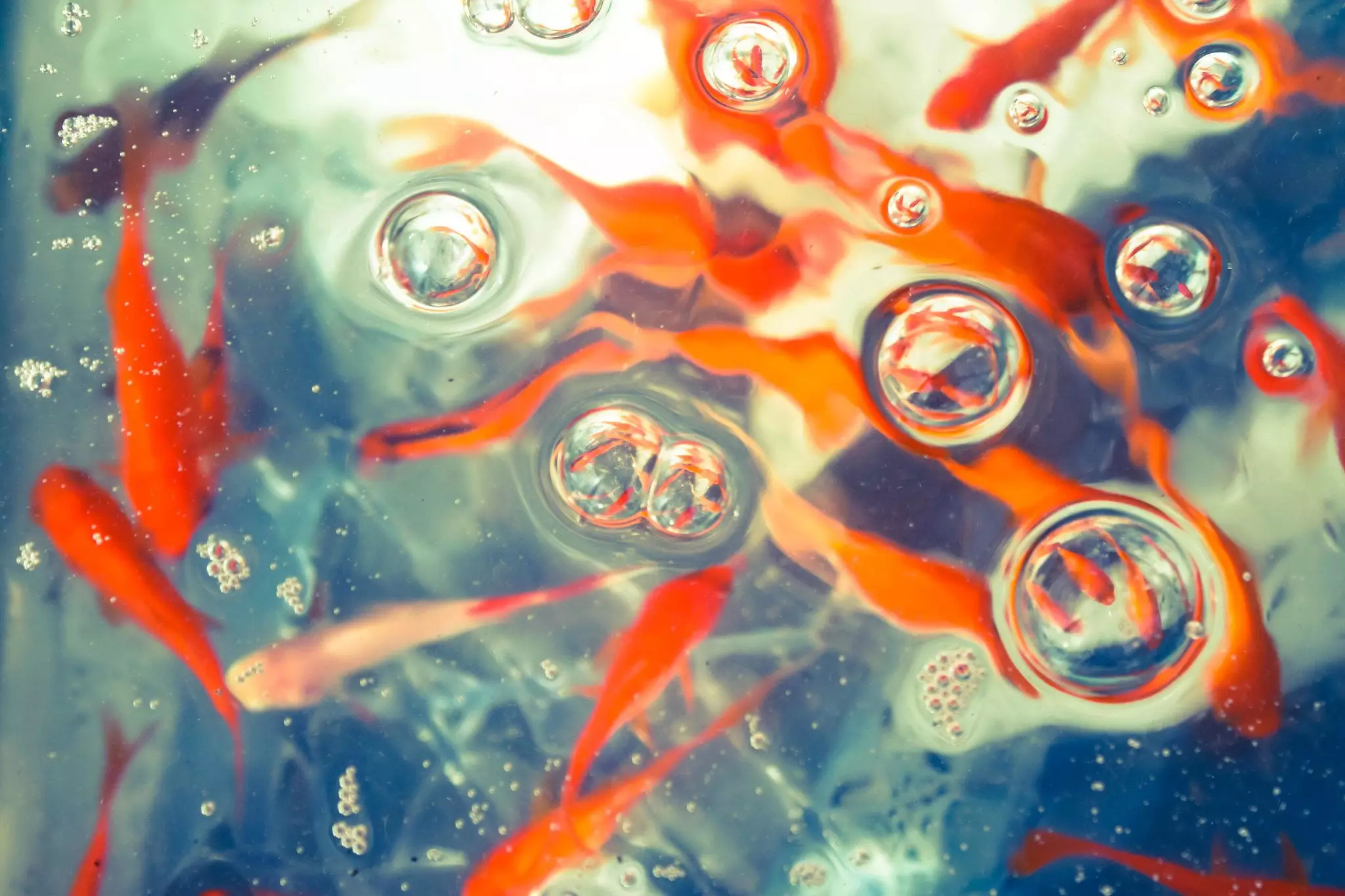Gas bubble disease (GBD) — a condition that can afflict fish in both artificial and natural aquatic environments — arises when water becomes supersaturated with gases. This phenomenon occurs when fish absorb excess dissolved gases, resulting in the formation of microbubbles within their bodies. These microbubbles can aggregate, leading to larger bubbles that may obstruct blood flow, similar to decompression sickness experienced by divers. Understanding the causes, symptoms, and treatment of gas bubble disease is essential for anyone maintaining a fish tank, as early detection and appropriate response can prevent serious health consequences for the fish.
Gas bubble disease is predominantly caused by the supersaturation of gases in water, typically nitrogen but can also involve oxygen and carbon dioxide. Supersaturation occurs when the total pressure of dissolved gases exceeds the water’s capacity to hold them, often influenced by factors such as temperature, salinity, and atmospheric pressure. This condition can be triggered by rapid changes in water temperature or pressure, which may stem from mechanical issues like a malfunctioning filtration system.
One of the primary culprits in domestic fish tanks is the presence of small leaks in the plumbing or filtration components, which can allow air bubbles to enter the water supply. These bubbles can aggregate and lead to progressively severe gas supersaturation. It is also worth noting that excess algae growth, particularly under high lighting conditions, can result in increased oxygen production through photosynthesis, thereby creating conditions ripe for GBD.
Another significant factor is the temperature differential: when water of a significantly different temperature is introduced to the tank, it can disrupt gas solubility and lead to bubble formation. Therefore, maintaining a stable temperature is essential to minimizing the risk of gas bubble disease in aquariums.
Fish afflicted by gas bubble disease can exhibit a range of symptoms that should be monitored closely. Common signs include erratic swimming behavior, such as a tendency to hover near the water’s surface or swim in circles, an indication of distress. Furthermore, physical abnormalities like visible bubbles in the eyes, skin, or fins can serve as clear indicators. A protruding eye or darkened skin may also signal underlying health issues.
As bubbles typically form behind the cornea of the eye, the visual manifestation of GBD can often be the first observable sign for aquarists. Additional observations may reveal bubbles caught between fin rays or present as external lumps on the fish’s body. Due to the asymptomatic nature of bubbles forming internally, it’s rare for fish to display symptoms solely originating from internal gas formation.
It’s crucial for aquarium enthusiasts to understand that the clouds of tiny bubbles frequently seen in their tanks may signify gas supersaturation. Monitoring water clarity, especially with a sample test, can help distinguish between microbubbles and common turbidity caused by algae or suspended particles.
In diagnosing gas bubble disease, a thorough physical examination is pivotal. The presence of visible bubbles or abnormal swimming patterns can prompt further evaluations such as aspirating bubbles with a needle to ascertain their composition. For internal bubbles, X-rays may be necessary, generally requiring the sedation of the fish to achieve accurate imaging.
Once confirmed, treatment often involves a multifaceted approach. Veterinary intervention to aspirate existing bubbles is common, combined with antibiotic therapy to prevent secondary infections due to bubble-related tissue damage. In some circumstances, a barometric chamber may be an option, helping to alleviate the pressure on affected tissues.
To effectively combat GBD, it’s imperative first to identify and rectify the source of gas supersaturation in the aquarium. Checking the equipment, ensuring proper filtration, and monitoring for leaks or inappropriate water temperatures can significantly increase the chances of recovery for affected fish. Cooling down the water slightly may also aid in dissolving excess gas.
Preventative measures play a crucial role in maintaining a healthy aquarium. Regularly monitoring water quality parameters — from temperature and pressure to pollutant levels — can preempt many issues related to gas bubble disease. Aquarists should ensure that all plumbing and filtration systems are adequately sealed to avoid introducing air into the water.
Routine water changes and careful consideration of water temperatures during these changes can mitigate rapid environmental shifts conducive to GBD instances. Observing the overall behavior and health of the fish will also alert aquarists to potential problems early on.
Consistent vigilance regarding algae growth in planted tanks may reduce the risk of oxygen supersaturation, ensuring all aquatic life remains stress-free and healthy. By implementing these comprehensive practices, aquarists can foster an environment where gas bubble disease remains a rare concern rather than a frequent hazard.
Awareness, prevention, and prompt action are the pillars of successful management of gas bubble disease in fish, ensuring both the beauty and vitality of aquariums long into the future.

